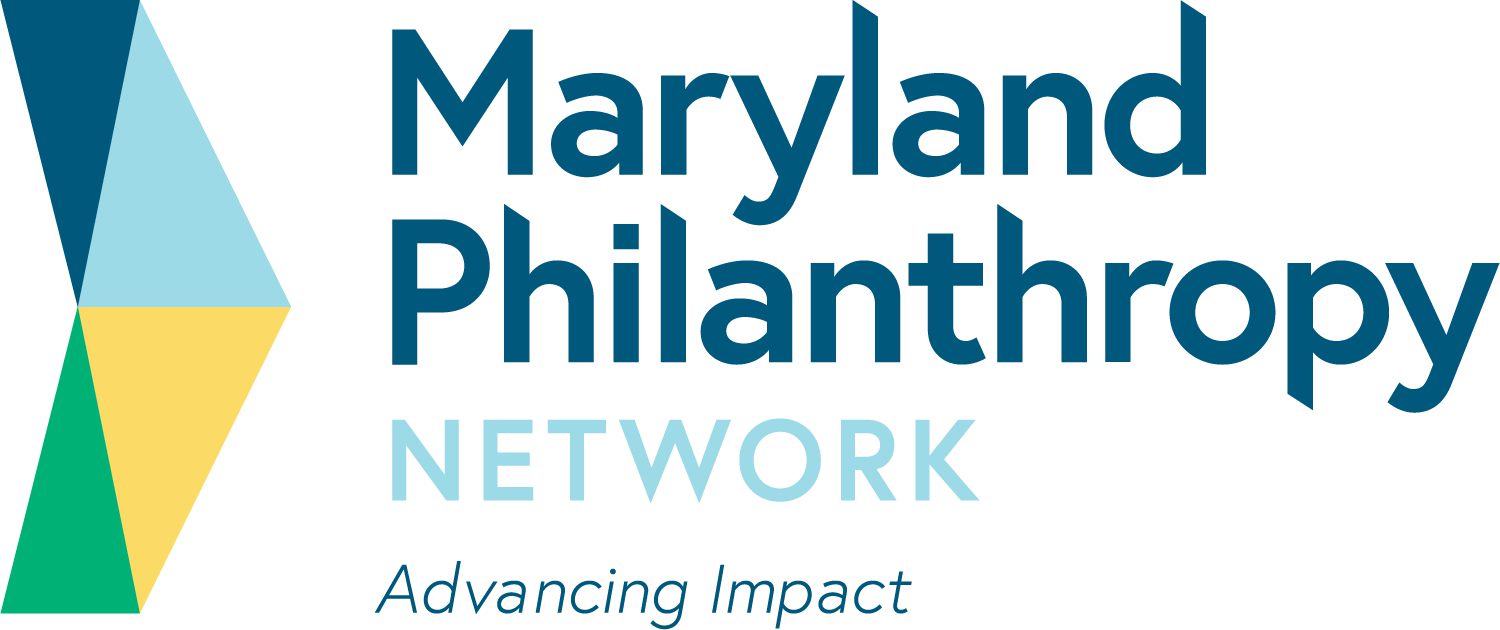BEST, WORST GRANT REQUESTS HAVE SOMETHING IN COMMON
When asked, grantmakers had some interesting insights into the best and worst grants they have made. And the Center for Funds & Foundations at The ASSOCIATED: Jewish Community Federation of Baltimore and the Maryland Philanthropy Network did the asking at a joint session for trustees and staff at foundations and donor-advised funds.
Here are some highlights from the conversation.
The "Best Grants” had certain characteristics — foundation support leveraged other dollars, either from public sources or other private funds; funds went to an organization with real commitment to continuing the project beyond initial foundation funding; the project addressed a real need and improved outcomes for individuals.
The examples given represented a broad spectrum of types of grants, from capital investments to direct service and advocacy. What they all had in common was clear passion and satisfaction by the donor/foundation.
One funder recalled a grant given to an advocacy organization that brought a lawsuit on behalf of Baltimore's poorest school children, claiming that they were being denied their constitutional right to an adequate education. As a result of the suit, and the advocacy and policy work that followed, the state passed the historic Bridge to Excellence in Education Act (aka the Thornton bill).
"Ultimately, this modest grant [made in 1994] not only leveraged over $1 billion in state funds, but also propelled sweeping reforms to the governance, management and funding of Baltimore City Schools — all of which has translated into access to a better education for the children who need it most in our city,” said Betsy Ringel, executive director of the Blaustein Philanthropic Group.
Another funder related how important institutional commitment to the work, not just the grant, is. The foundation was asked to invest in a demonstration project, with the applicant agency noting that the risk capital to start this new project wasn't available in base budgeting.
The lead executive of the organization promised to continue the newly funded position if the project was successful. It was, and after three years, the community picked up the position, said Lee Meyerhoff Hendler, president of the Harvey M. and Lyn P. Meyerhoff Fund.
The Worst Grants also evidenced some themes: Program design not based on data, the hazards of working in isolation, acting upon assumptions rather than real agreements with the nonprofit organization. These factors can lead to deep disappointment for the funder and nonprofit.
No one intends to make a decision based on faulty or inaccurate information, but that can happen in the excitement of a new project. One funder related investing in an institution's ambitious physical expansion, later finding that the accompanying additional expenses/funding needs of the organization were not able to be met.
In this case, the institution moved forward with construction on a building well before the fundraising goals were achieved. Financing was arranged, adding to a difficult cash flow situation. Staggering under the burden of debt service and other financial challenges, the organization ultimately had to close its doors. Lesson learned? Due diligence needs to include a sober assessment of the business plan, ideally with input from people who know the industry in question.
Another funder told of funding two different institutions for the same project, deciding to build upon the excitement of the initial grant. While the first was a real success, the other floundered, with the institution in disagreement with what the agreed-upon outcomes were. Lesson learned here? Verify that all parties agree with the intention of the grant, and put this in writing.
Interestingly, both the most satisfying and most disappointing grants had something in common — a passion for the work, with high aspirations for impact and outcome. As one funder said, "The stories stay with you.”
FIND MORE BY:

